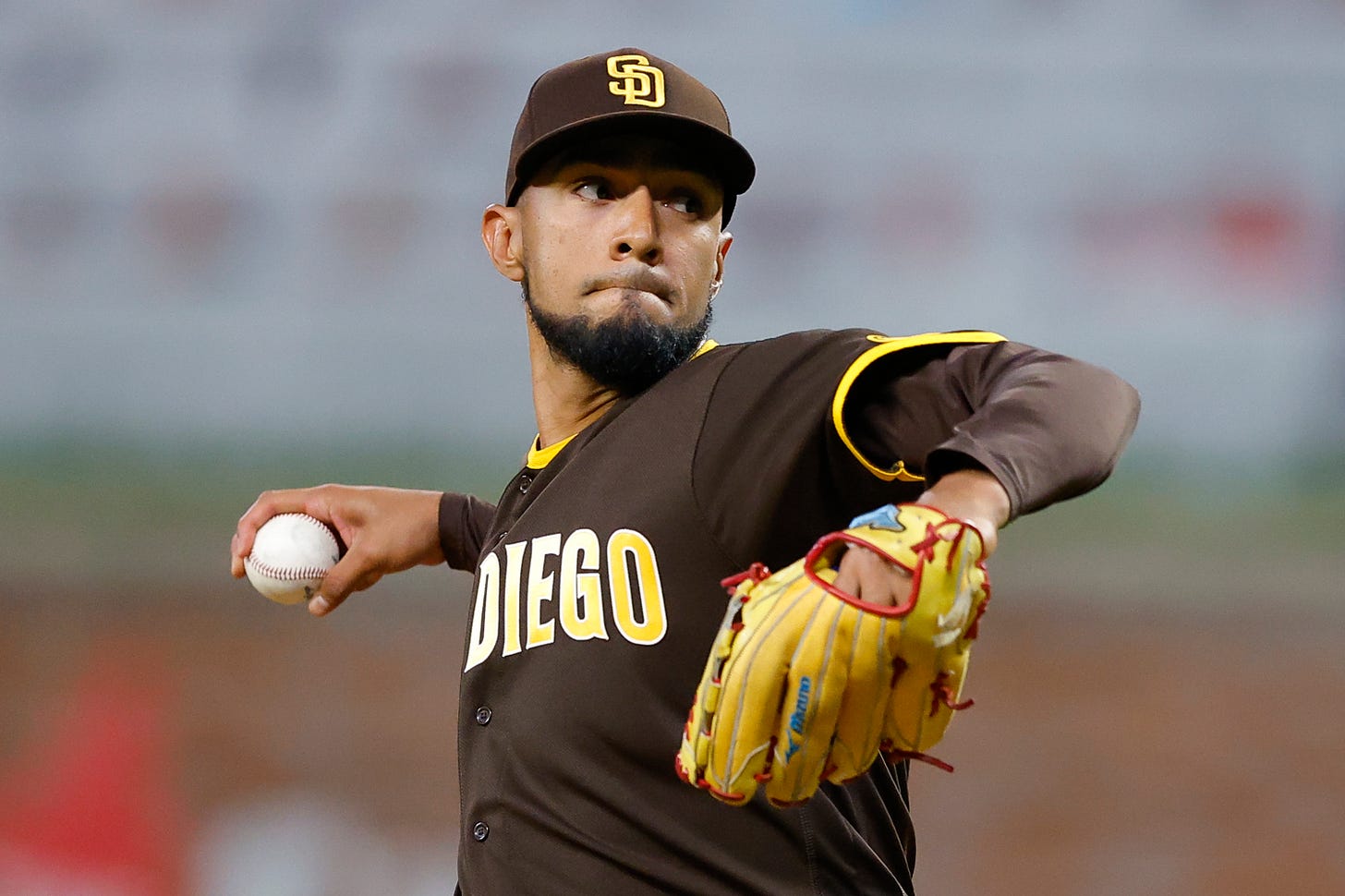A Really Stupid Idea
OK, consider this a challenge. I’m about to offer you a really stupid baseball idea. I’m telling you this in advance. I know it’s stupid. I know it can’t work. I know the players would revolt against it. I know the fans would revolt against it. I know your first instinct will be to race to the comments and scream about how bad an idea this is … I totally get it. You’re right. This is a really stupid idea. I can probably do a passable impersonation of what your comments would be.
So this is my challenge to you: I’d like you to NOT do that.
Instead, what I’m hoping you will do is go to the comments and try to predict what would happen to baseball if we actually tried this really stupid idea.
First: A little baseball history. Some of you will know this: In the earliest days of baseball, it was not intended to be a battle between pitcher and hitter. Have you ever wondered why we call them “pitchers?” They don’t actually “pitch” the ball underhand the way that people pitch horseshoes or casually flip it the way someone might pitch a crumpled-up piece of paper into a fireplace.
But that’s what pitchers used to do. They threw the ball underhand to batters. It was a bit like slow-pitch softball, only the batters had more control of the game. Batters were allowed to ask for certain kind of pitches. They would say, “Give me a high one,” or “Give me a low one,” and pitchers were required to throw it. Batters could stand at the plate pretty much as long as they wanted until they got the pitch they requested.
In other words, the pitchers’ sole job — in the minds of baseball’s earliest innovators — was simply to start the action. The game was all about hitting and defense. Nobody wanted strikeouts. Nobody wanted walks. Everybody wanted balls in play because that’s where the fun was.
It evolved pretty rapidly as pitchers began asserting themselves by employing different kinds of spins and unpredictably changing speeds and soon enough the rules changed to allow pitchers full range of motion (no more “pitching”) and the game became more of an eternal duel between, as my friend Jon Hock wrote for his wonderful movie “Fastball:” Someone throwing a rock and someone swinging a stick.
Well, as we talked about on Monday, the balance of the game is all out of whack now. Pitchers dominate the game in every meaningful way. Batters strike out 22 or 23% of the time, which is way too much. They make outs 68.8% of the time, which is way too much. In the last five years, batters have hit many fewer singles than at any point in baseball history. They have hit many fewer triples than at any point in baseball history. Home runs are way up, which is the only reason why run scoring isn’t at all-time lows, but all the home runs and strikeouts have taken so much of the variety and spice out of the game. So often, it feels like a one-trick game.
And the big problem as I see it is this: Pitching itself is not dominating the game. It’s not like pitchers have solved baseball. No, if pitchers were forced to throw 250-300 innings like they did in the 1970s and 1980s, if managers came into every game with the full intention of having their starter go eight or nine innings, if teams had rosters with nine or 10 pitchers on them the way it used to be, then I feel certain that hitters would more than hold their own.
But that’s not how it goes — baseball today is a parade of relievers who throw 98 mph with explosive breaking balls to a mere handful of batters. So starters, on average, go five all-out innings and then give way to a series of terminators, and hitters never, ever get a break.
Yes, I’m getting to the really stupid idea. Don’t rush me.
The point is, that to improve baseball, many people have been looking at ways to limit the number of pitchers in a game or limit the number of pitchers on a roster or force the pitchers who are in the game to throw to more batters, and all of that is sensible, much more sensible than my idea. But I’m not sure that any of it would really change the basic issue, which is that fresh pitchers throwing at full force with the knowledge that they don’t have to last very long are going to be super-duper hard to hit.*
*Can we talk for a moment about the SIZE of relievers these days? I was looking back at the sizes of some of the effective relievers in my youth. Tippy Martinez was 5-foot-10. Mike Marshall was 5-foot-10. Dan Quisenberry weighed 170 pounds. Tug McGraw weighed 170 pounds. Rollie Fingers weighed 190 pounds, and 35 of those was his mustache. Even the biggest and most intimidating guys — Bruce Sutter, Goose Gossage, Jim Kern, Moon Man Minton — didn’t break 200 pounds.
Now? Look at just the San Diego Padres bullpen. Tim Hill is 6-foot-4, Josh Hader is 6-foot-3, Steven Wilson is 6-foot-3, Luis Garcia breaks the scale at 240, Robert Suarez is 210 pounds of pure muscle; it’s just a different world.
OK, finally, here’s the idea.


